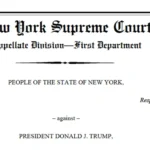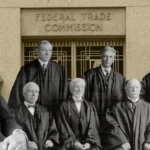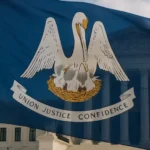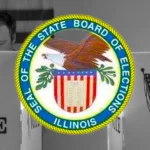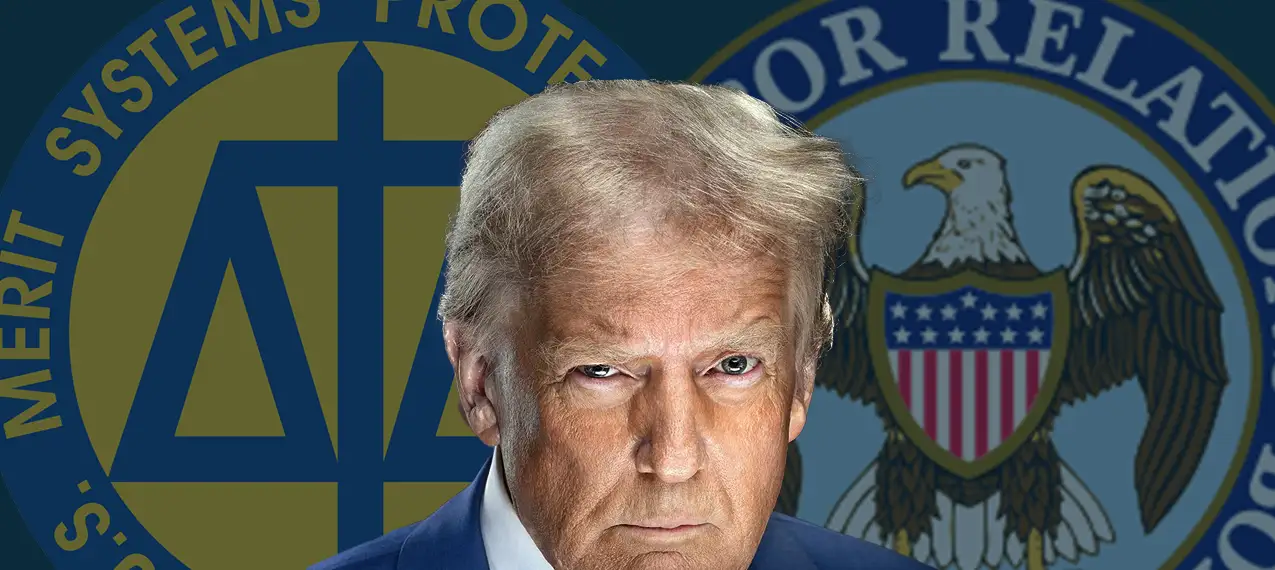
President Trump had a recent victory in his ongoing battle to assert control over the federal bureaucracy. On May 23, the U.S. Supreme Court stayed an order from the District Court for the District of Columbia that enjoined the President’s removal of a member of the National Labor Relations Board (NLRB) and a member of the Merit Systems Protection Board (MSPB). Under their authorizing statutes, 29
U.S.C. § 153(a) and 5 U.S.C. § 1202(d), respectively, the President is prohibited from removing these officers except for cause; in both these cases, the Government gave no cause.
Supreme Court jurisprudence recognizes the President’s ability to remove officers who exercise executive power on his behalf. The Court reasoned that, in this case, the “Government is likely to show that both the NLRB and MSPB exercise considerable executive power,” 1 and therefore, is likely to succeed on the merits. Further, the Court noted that the Government faces a greater risk of harm if a removed officer is allowed to continue exercising executive power than a wrongfully removed officer faces from being unable to perform his duty.
Crucially, the Justices distinguished the structures of the NLRB and MSPB from those of the Federal Reserve. The Fed looms large in debates over the President’s removal power. Federal Reserve independence is supposed to create stable interest rates and low unemployment. Many legal scholars and economists fear that eliminating Fed removal protections would create widespread financial instability.
However, the Court held that the Federal Reserve is distinct from other so- called “independent” agencies because it is “a uniquely structured, quasi-private entity” with a “distinct historical tradition” stretching back to the Founding-era First and Second Banks of the United States. The Banks were, of course, one of the most contentious issues in American politics for the first fifty years of the Republic. Alexander Hamilton, the First Bank’s designer, thought it was necessary to galvanize national industry and pay off the country’s Revolutionary War debts. Thomas Jefferson and James Madison, however, vigorously opposed the Bank, fearing it would lead to federal domination over state governments and state-chartered banks.
Legal scholars are also divided on how closely the modern Federal Reserve mirrors those Banks, with noted scholars on both sides of the issue.
Justice Kagan authored a dissenting opinion, which Justices Sotomayor and Jackson joined. Justice Kagan highlighted the precedent created by Humphrey’s Executor v. United States as to why the President’s removal of Harris and Wilcox is unlawful. 2 Humphrey’s Executor held that Congress can create quasi-judicial or quasi-legislative bodies whose members may only be removed for cause. Justice Kagan argued that Congress created the NLRB and MSPB with for-cause removal protections, which Humphrey’s Executor holds as constitutional because of their structure as multi-member bodies of politically balanced experts. Justice Kagan wrote that the majority’s grant of the stay was “extraordinary” because it allows the “President to overrule Humphrey’s by fiat.”3 Justice Kagan reasoned that in granting a stay, the majority disregarded the will of Congress and longstanding Supreme Court precedent.
While the Supreme Court considered this case under emergency review, the case’s merits review has continued to advance at the circuit court level. A three-judge panel of the D.C. Circuit convened for oral argument on May 16, and a decision is expected shortly. Once the panel issues its opinion, the plaintiffs will have the opportunity to petition the D.C. Circuit to rehear the case with all circuit’s judges present—known as en banc review. From there, it is likely that the case will reach the Supreme Court again on the merits.
Landmark authored an amicus brief in a similar case, Seila Law LLC v. Consumer Fin. Prot. Bureau.4 Landmark argued independent agencies like the CFPB that exercise judicial, legislative, and executive branch powers violate the Constitution’s separation of powers. This violation was furthered by the CFPB’s unprecedented structure and funding mechanisms that removed the agency from political accountability. Landmark believes the exception created in Humphrey’s Executor incorrectly allows officers of independent agencies to wield vast executive powers without the consent of the President, and that the Court should correct this error.
1 Trump v. Wilcox, No. 24A966, slip op. at 1 (May 22, 2025).1
2 295 U.S. 602 (1935)2
3 Trump v. Wilcox, No. 24A966, slip op. at 3 (May 22, 2025) (Kagan, J., dissenting).3
SUPPORT LANDMARK LEGAL FOUNDATION
We are truly facing existential threats to our individual rights and liberties, the Constitution, and our national character. If unchallenged, this assault on our very way of life will ruin our great nation. With your financial and moral support, Landmark is not going to let that happen without a fight. Will you join us?
JOIN OUR MAILING LIST
Never miss an update from Landmark Legal Foundation as we continue the fight to preserve America’s principles and defend the Constitution from the radical left.

